Glazed tile blocks have become increasingly popular in architectural and interior design due to their exceptional durability, versatility, and aesthetics. These tiles are widely used in both residential and commercial spaces, offering a strong and stylish alternative to traditional building materials. In this comprehensive guide, we will explore the various aspects of glazed tile blocks, including their composition, manufacturing process, installation methods, maintenance, and the wide range of applications they can be used for. Section 1: Understanding Glazed Tile Blocks
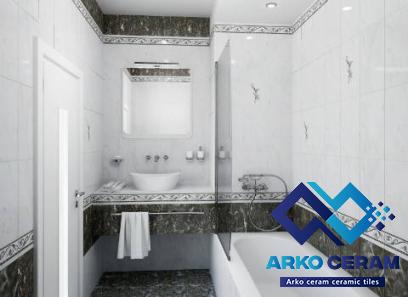
.
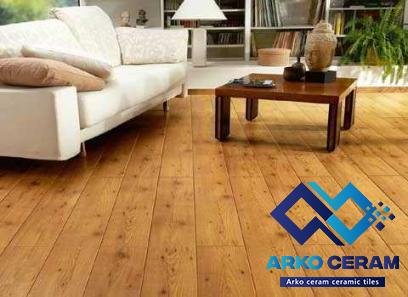 1.1 Composition and Manufacturing Process: Glazed tile blocks are typically made from a combination of clay, sand, and feldspar, which are shaped into blocks through a high-pressure extrusion process. These blocks are then glazed, which involves the application of a liquid glass coating that is kiln-fired at high temperatures. The firing process results in a durable, non-porous surface that is resistant to scratches, stains, and fading.
1.1 Composition and Manufacturing Process: Glazed tile blocks are typically made from a combination of clay, sand, and feldspar, which are shaped into blocks through a high-pressure extrusion process. These blocks are then glazed, which involves the application of a liquid glass coating that is kiln-fired at high temperatures. The firing process results in a durable, non-porous surface that is resistant to scratches, stains, and fading.
..
 1.2 Glaze Options: Glazed tile blocks come in a variety of glaze options, ranging from matte to glossy finishes. The glaze not only enhances the appearance of the tiles but also adds an extra layer of protection. The glazing process allows for a wide range of colors, patterns, and designs, making glazed tile blocks a versatile choice for any design scheme. 1.3 Sizes and Shapes: Glazed tile blocks are available in various sizes and shapes to suit different applications. Some common sizes include 4×4, 6×6, and 8×8 inch blocks. In addition to standard squares, glazed tile blocks can also be found in rectangular, triangular, and hexagonal shapes, among others. The variety in sizes and shapes allows for creative and unique design possibilities. Section 2: Applications of Glazed Tile Blocks
1.2 Glaze Options: Glazed tile blocks come in a variety of glaze options, ranging from matte to glossy finishes. The glaze not only enhances the appearance of the tiles but also adds an extra layer of protection. The glazing process allows for a wide range of colors, patterns, and designs, making glazed tile blocks a versatile choice for any design scheme. 1.3 Sizes and Shapes: Glazed tile blocks are available in various sizes and shapes to suit different applications. Some common sizes include 4×4, 6×6, and 8×8 inch blocks. In addition to standard squares, glazed tile blocks can also be found in rectangular, triangular, and hexagonal shapes, among others. The variety in sizes and shapes allows for creative and unique design possibilities. Section 2: Applications of Glazed Tile Blocks
…
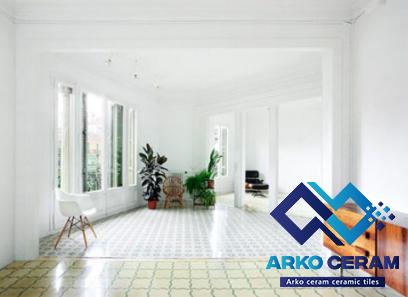 2.1 Interior Wall and Floor Surfaces: Glazed tile blocks are commonly used in interior spaces, such as kitchens, bathrooms, and living areas. Their water-resistant nature makes them an ideal choice for wet areas and places that are prone to spills or moisture. The wide range of colors and patterns available allows for endless design possibilities, adding a touch of elegance and sophistication to any room. 2.2 Exterior Façades: The durability and weather resistance of glazed tile blocks make them suitable for use in exterior wall cladding applications. The glazed surface protects the blocks from the effects of harsh weather conditions, including rain, UV rays, and temperature changes. Additionally, the aesthetic appeal of glazed tile blocks can enhance the overall look of any building façade. 2.3 Swimming Pools and Water Features: Glazed tile blocks are an excellent choice for swimming pools and water features due to their ability to withstand constant exposure to water and chemicals. Both the glaze and the non-porous surface of the tiles make them resistant to staining and discoloration. The variety of colors and finishes available allows for the creation of visually stunning pool designs.
2.1 Interior Wall and Floor Surfaces: Glazed tile blocks are commonly used in interior spaces, such as kitchens, bathrooms, and living areas. Their water-resistant nature makes them an ideal choice for wet areas and places that are prone to spills or moisture. The wide range of colors and patterns available allows for endless design possibilities, adding a touch of elegance and sophistication to any room. 2.2 Exterior Façades: The durability and weather resistance of glazed tile blocks make them suitable for use in exterior wall cladding applications. The glazed surface protects the blocks from the effects of harsh weather conditions, including rain, UV rays, and temperature changes. Additionally, the aesthetic appeal of glazed tile blocks can enhance the overall look of any building façade. 2.3 Swimming Pools and Water Features: Glazed tile blocks are an excellent choice for swimming pools and water features due to their ability to withstand constant exposure to water and chemicals. Both the glaze and the non-porous surface of the tiles make them resistant to staining and discoloration. The variety of colors and finishes available allows for the creation of visually stunning pool designs.

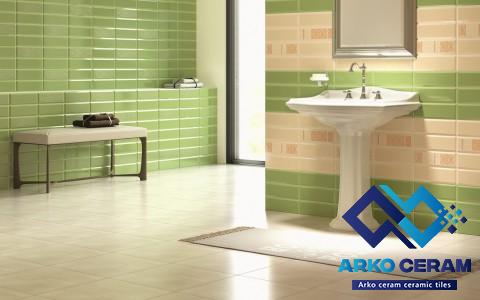
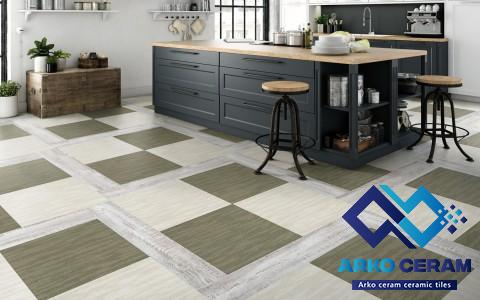
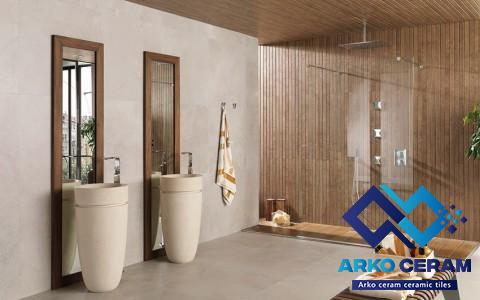



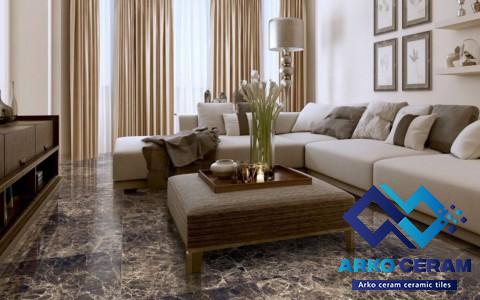
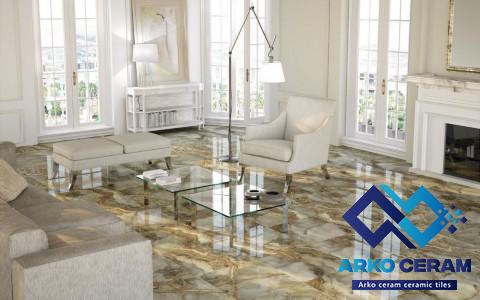
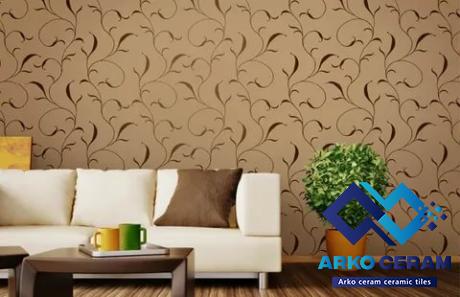
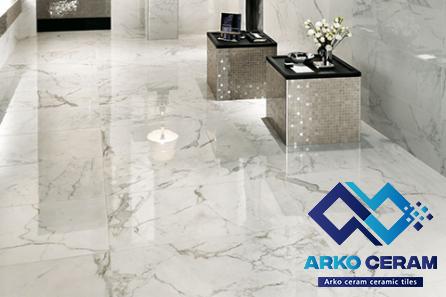
Your comment submitted.